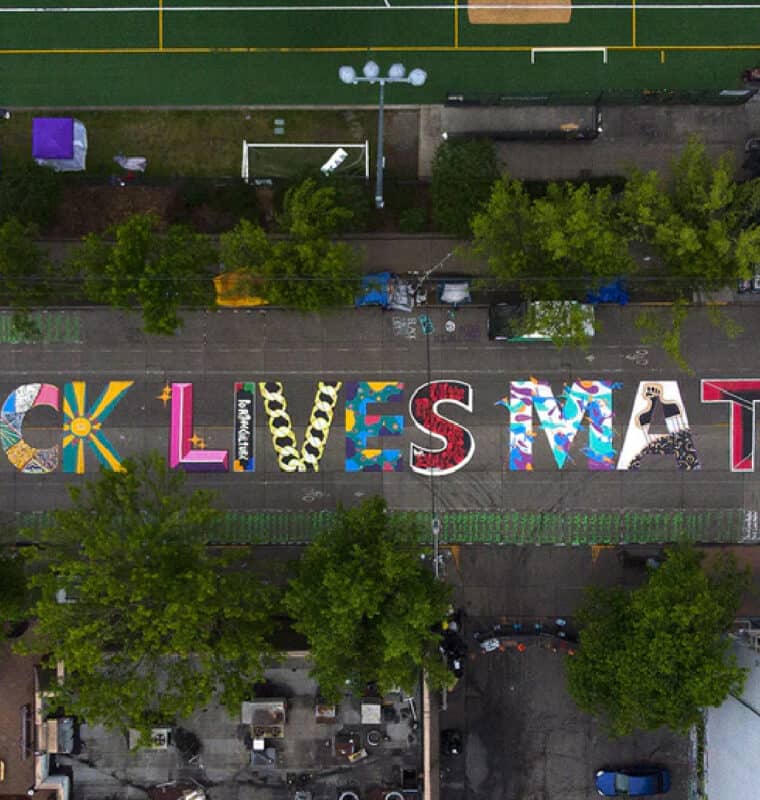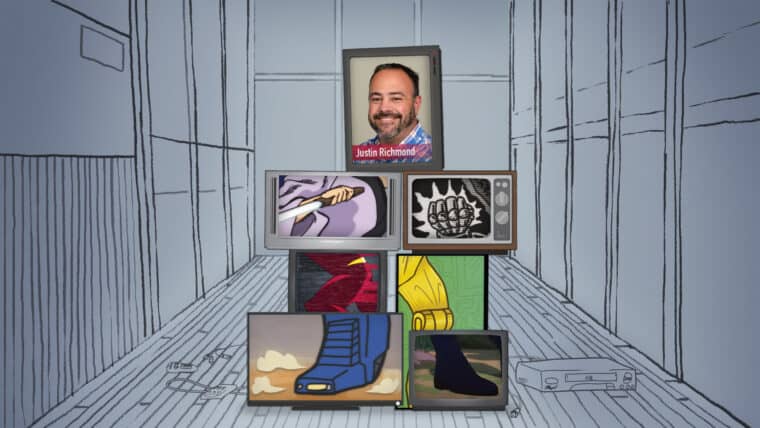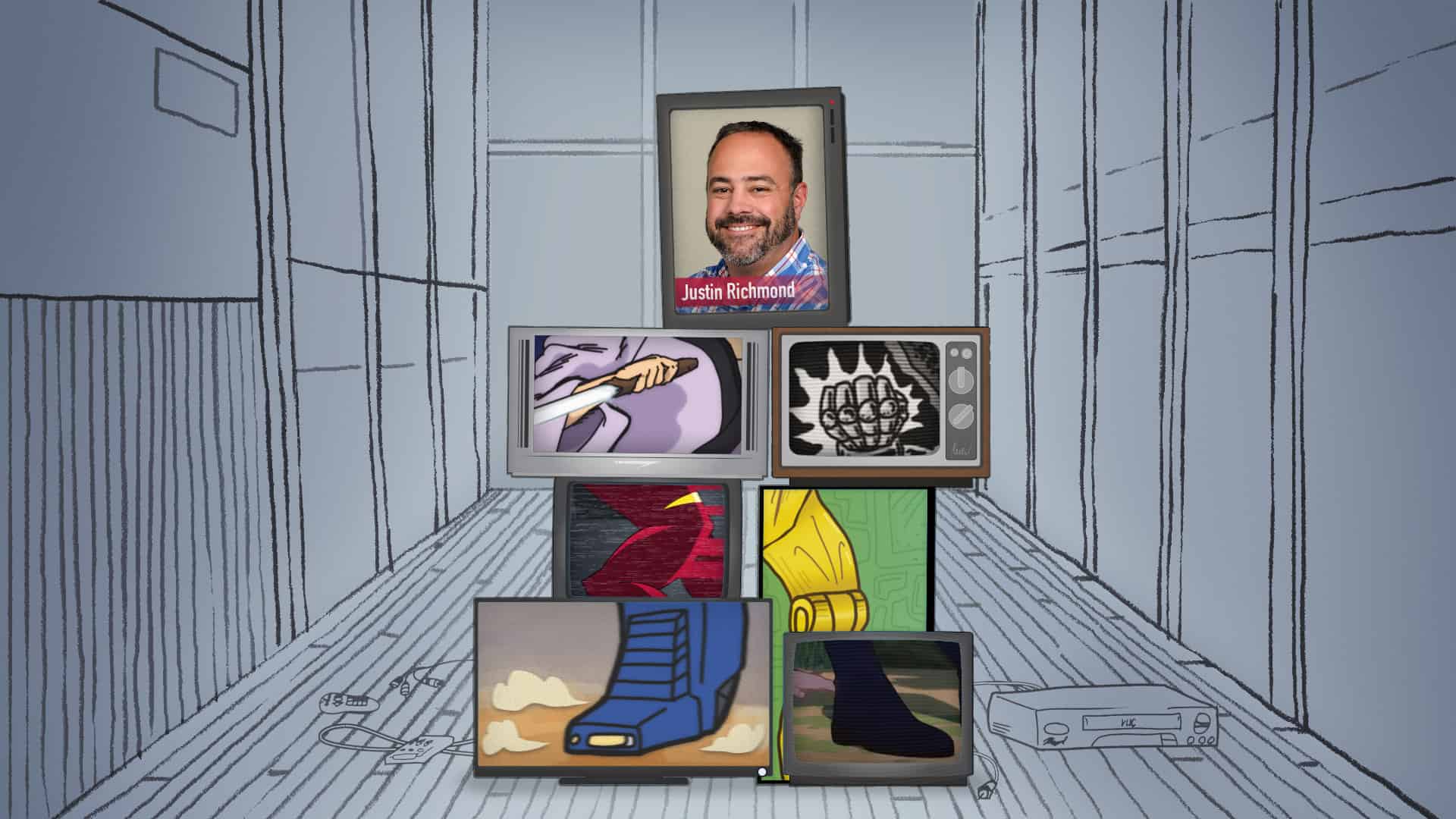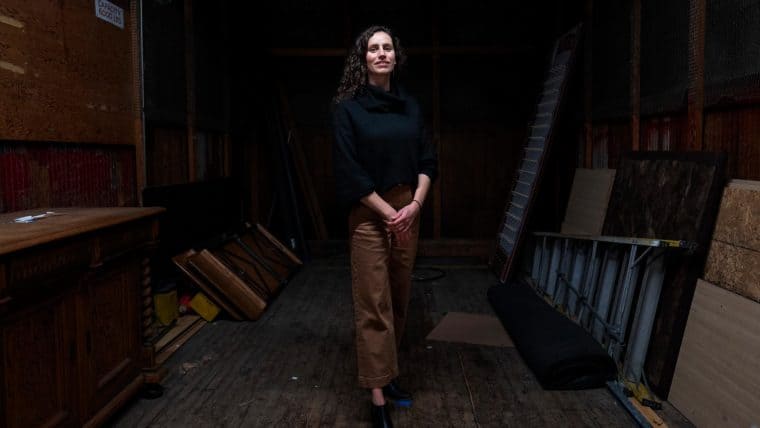
Image by Emily Zheng
In 2020, we traded commuting to the office for working in house slippers—and never looked back. But the new setup led us to ask: what will employee engagement and collaborative learning look like? One way we’ve answered that question is with in-person gatherings twice a year, including an all-team summer retreat.
Company retreats can be logistically challenging and labor intensive to plan. However, the rewards can include improved interpersonal relationships and collective learning, making it worth the effort. And for marketing teams in particular, retreats provide a great opportunity to sharpen collaborative creativity.
Here’s what we’ve learned so far about how to make a retreat worthwhile:
Be intentional about cross-team collaboration
Try retreat programming that includes small group projects. Intentionally select team members who will collaborate on a creative project outside of their typical work. Maybe your team has only done technology marketing and would enjoy the challenge of applying those skills to a nonprofit project for a day. Whatever it is, make sure it’s a scenario that is different from the industries you serve, but something to which employees can still transfer their skills.
Ensure that these teams are a mix of departments, tenure, personalities, and seniority. Bringing employees together in this way will help them think critically and creatively while having fun. Sharing this experience supports familiarity with team members and can help them feel more comfortable working together once you return to virtual meetings. It also gives team members perspective on the challenges and excitement that come with roles different from their own.
Provide opportunities for unstructured connections and downtime
Don’t jam pack a retreat schedule with lectures and professional development only. There is value in scheduling downtime into programming and providing that essential balance of work and play. Equally important are the spaces in between sessions when folks catch up over meals, have a casual conversation on breaks, and spend time with co-workers they don’t interact with regularly.
The trick is finding the balance between the two. Set expectations ahead of time regarding how the days will flow to help your team members plan for the best use of their free time. For example, cap a day of team projects and presentations with an evening around a campfire, or break up the day’s agenda with a game. Weave in short ten-minute breaks for breathers so that employees don’t feel like they’re experiencing information overload.
Start planning now!
The best venues, especially if you’re planning a summertime retreat, are going to be booked well in advance. To find a venue with availability that matches your desired timing, amenities, accommodations, and budget, start looking at least 12 to 15 months ahead of time. Between wedding season and various festivities enticing people to travel, the best summer spots are likely to be taken if you wait too long.
When considering a venue, think about the type of experience company leadership wants to create. Do you want a more remote setting for planned activities and the absence of distractions? Or would you prefer that employees engage in activities on their own, outside of structured sessions? Additionally, the time of the week is important. For example, we allot 48 hours for our retreat and have found that works best toward the end of the work week—it gives teams time to collaborate with clients and move projects forward before signing off for two days.
You can find photos of our latest retreat on our Instagram, or get tips from our 2023 retreat session on constructive feedback.












